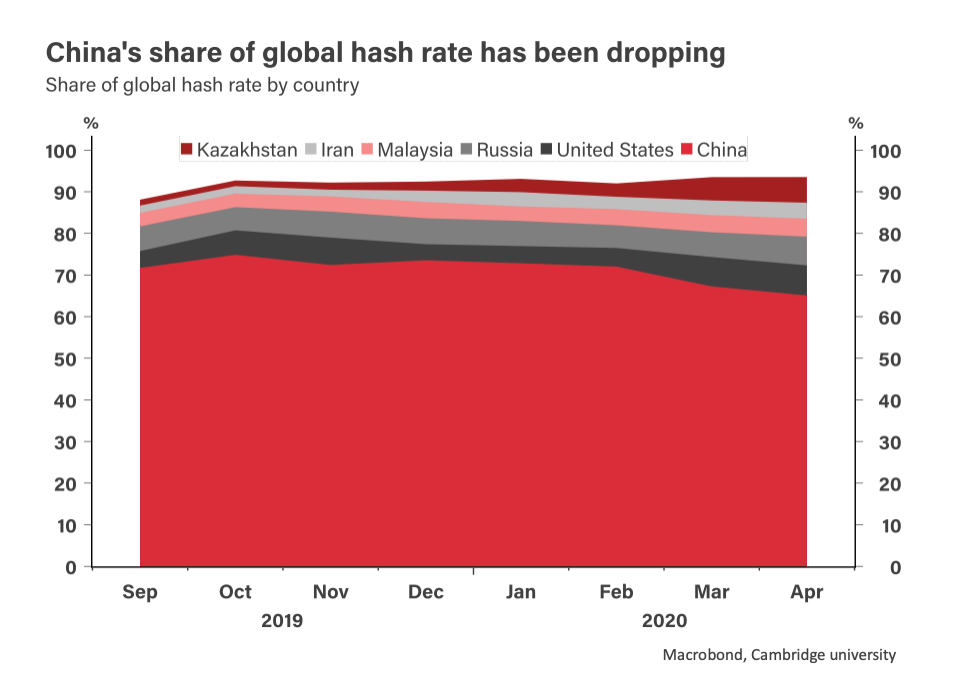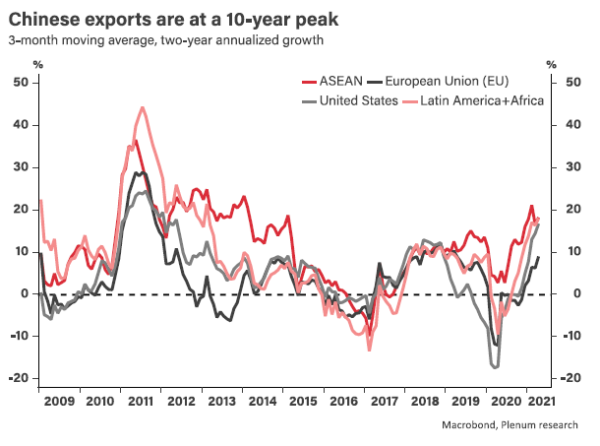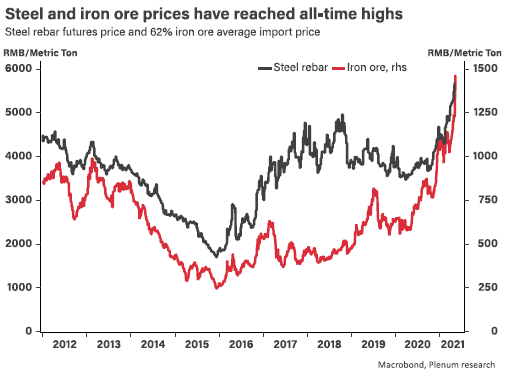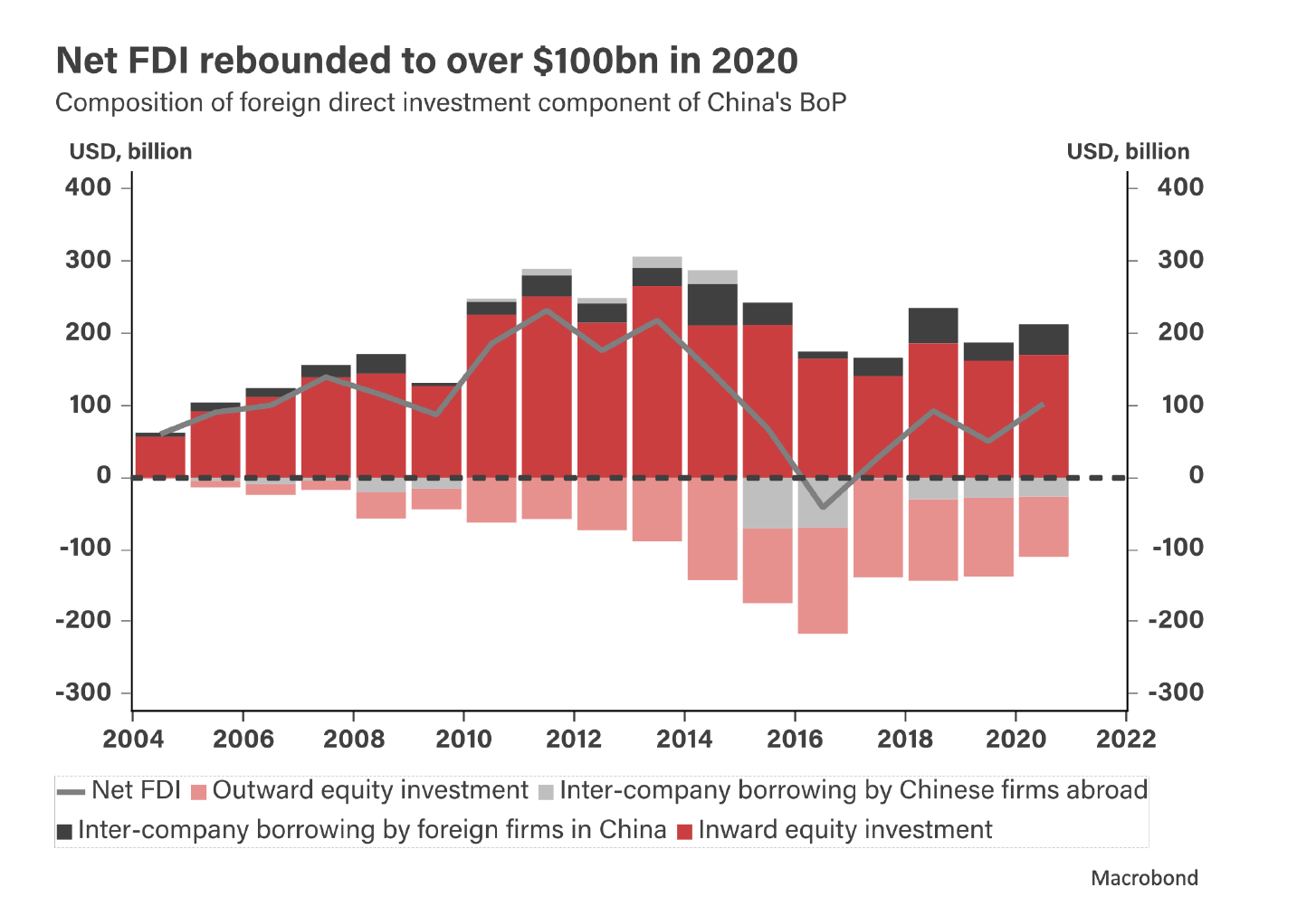
Beijing has intensified its crackdown on cryptocurrencies by targeting bitcoin mining as well as trading platforms.

Beijing has intensified its crackdown on cryptocurrencies by targeting bitcoin mining as well as trading platforms.

China’s two-speed recovery returns, as the industrial sector is booming and consumption disappoints again.

Steel and iron ore prices have both hit all-time highs, as construction activity has remained strong and the market expects more supply restrictions.

USD/CNH has started to catch up with the broad strength of the USD and will continue to accelerate.